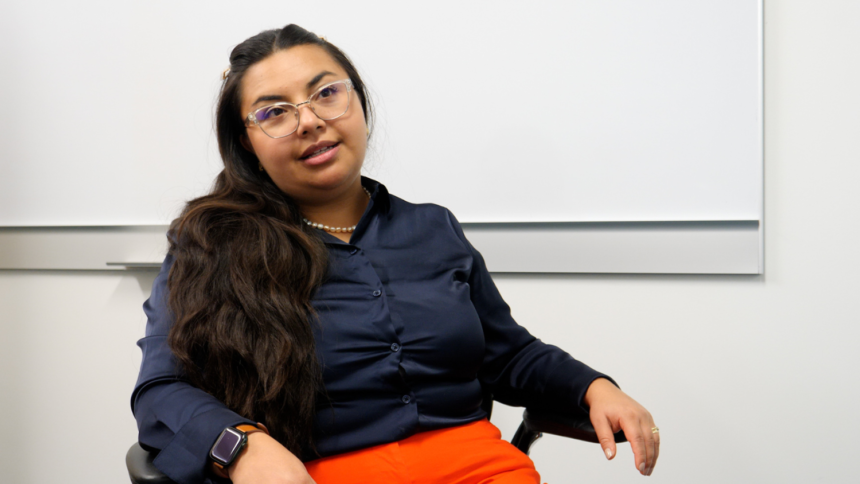When Ela Castellanos-Reyes, an assistant professor of learning, design and technology in the NC State College of Education, first came to the United States in 2017 as a graduate student at Purdue University, she had the opportunity to join a project to develop the Purdue Repository for Online Teaching and Learning (PoRTAL).
Created in response to a pre-pandemic need to support faculty and graduate students in enhancing their online teaching skills, PoRTAL was launched in the fall of 2019 and exploded in popularity when remote learning became standard in early 2020 in response to COVID-19.
Now, a paper outlining the creation of open educational resources and co-authored by Castellanos-Reyes has been selected to receive the Best Research Paper Award by the American Educational Research Association (AERA) Design and Technology Special Interest Group (SIG).
“This means a lot to me, because I have always been very excited about this project. It’s the project that brought me to the USA and gave me the opportunity to understand what educational research could be,” Castellanos-Reyes said. “It’s a reflection of a lot of perseverance. The project and the paper showed to me that, when God gives me a project, and I see it has a future and believe in it, I have to keep working.”
The paper, entitled “The Process of Developing a Digital Repository for Online Teaching Using Design-Based Research,” outlines the design-based research approach that was used to identify the issues faced by instructors new to online teaching from a human performance technology standpoint.
“This is design-based research in a digital environment, which is unusual. Most people do design-based research in a community, but this was a different type of community because it was online, and, I believe for design-based researchers, this is groundbreaking to some extent,” said Castellanos-Reyes, who is also a member of NC State’s Digital Transformation of Education cluster’s interdisciplinary team. “Another big thing about this paper is that it looks at faculty and anyone who is an online instructor as a worker, and focuses on how to meet the needs of those workers, so that’s why we brought in the human performance technology point of view.”
Designed for practitioners, the paper shares the seven steps — needs analysis, design and development, internal evaluation, modifications, expert evaluation, modifications and intervention implementation and evaluation — that Castellanos-Reyes and the project team used to develop PoRTAL in conjunction with the academic community and stakeholders.
The research also highlights the real-world intersection of design and technology by showing how low-cost technologies, such as Google Docs, can be leveraged to provide guidance in the development of professional development materials and provides a checklist that practitioners can use as a guide to evaluating the quality of other open educational resources.
“We’re very specific about what happens in each step. My hope is that nothing is hidden,” Castellanos-Reyes said. “It shows you don’t have to have fancy methods or tools; you just need something that is effective and cost-effective.”
Since its launch in 2019, PoRTAL has reached more than a dozen countries. Castellanos-Reyes and the project team are currently working on a second publication that, in part, will examine how people overseas have used and translated PoRTAL’s resources, with a focus on accessibility and cultural appropriateness.
In the meantime, she said she is proud that her work on the project has created something that is filling a need for faculty and graduate teaching assistants worldwide.
“A beautiful thing about PoRTAL is that, sometimes, we just need help on the spot and these are just-in-time resources,” she said. “We all wish we had the time to go talk to an expert, but life is not that simple. Sometimes you’re preparing your course late at night on a Sunday and just need something [like PoRTAL] there to help you.”











